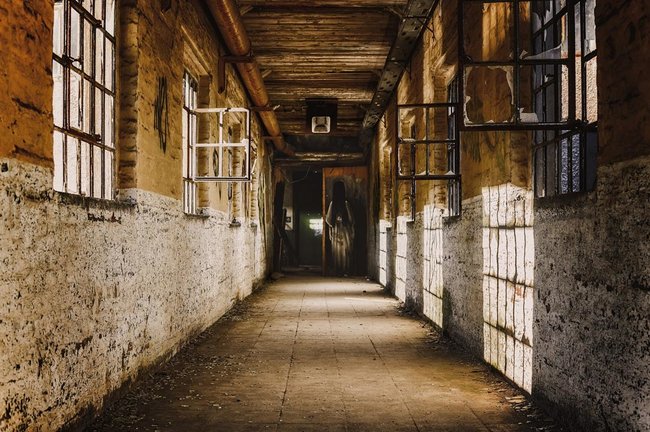In just one minute, people around the world do 4.5 million Google searches, they send 188 million emails and 18 million text messages, and watch 4.3 million videos in YouTube, according to the annual ‘Data Never Sleeps’ infographic, done by Domo, a cloud software company.
We live in the information and data society -long time since we heard that sentence for the first time-. Nowadays, almost all our actions produce a series of data and these have to be stored somewhere.
Companies seeking large-scale, long-term cuts in information technology spending are concentrating on data centers, which account for up to 30% of many corporations' energy bills. One major problem is that in a typical data center only 40-45% of the energy use is for the actual computing, the rest is used mostly for cooling down the servers.
Cold data center warms homes
Finnish information technology company Academica solved that problem with a data center beneath Helsinki's Uspenski Cathedral.
The place used for the data center is very cold. It is built in a large network of granite caves of 30 metres, used for city officials as a bomb shelter from Russian air raids during the Second World War. However, it also uses Baltic sea water to further cooling the plant.
The excess of heat from hundreds of computer servers under Uspenski Cathedral is captured and channeled into a system of water-heated pipes that run between the racks. Then, the water pipes absorb the heat and shuttle it into the district heating system.
Rather than wasting all that heat as most data servers do, this one turns it into a resource and provides enough energy to heat 500 homes.










